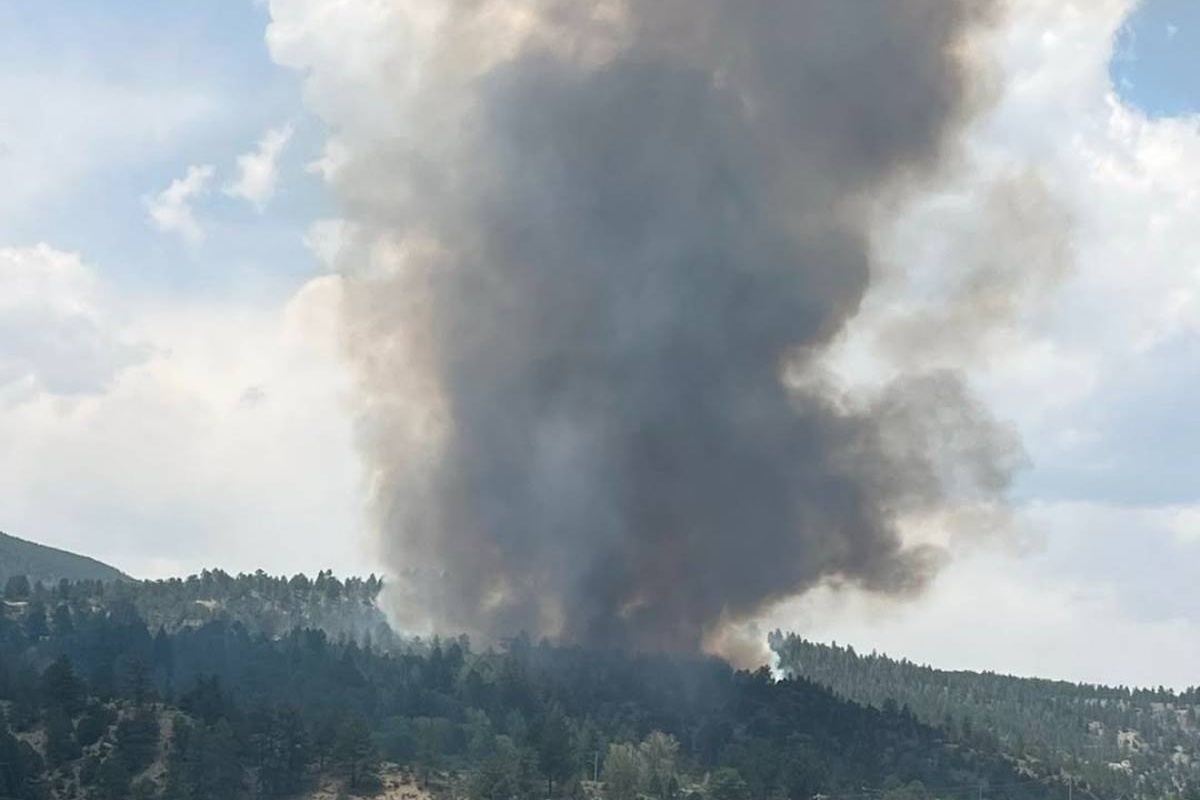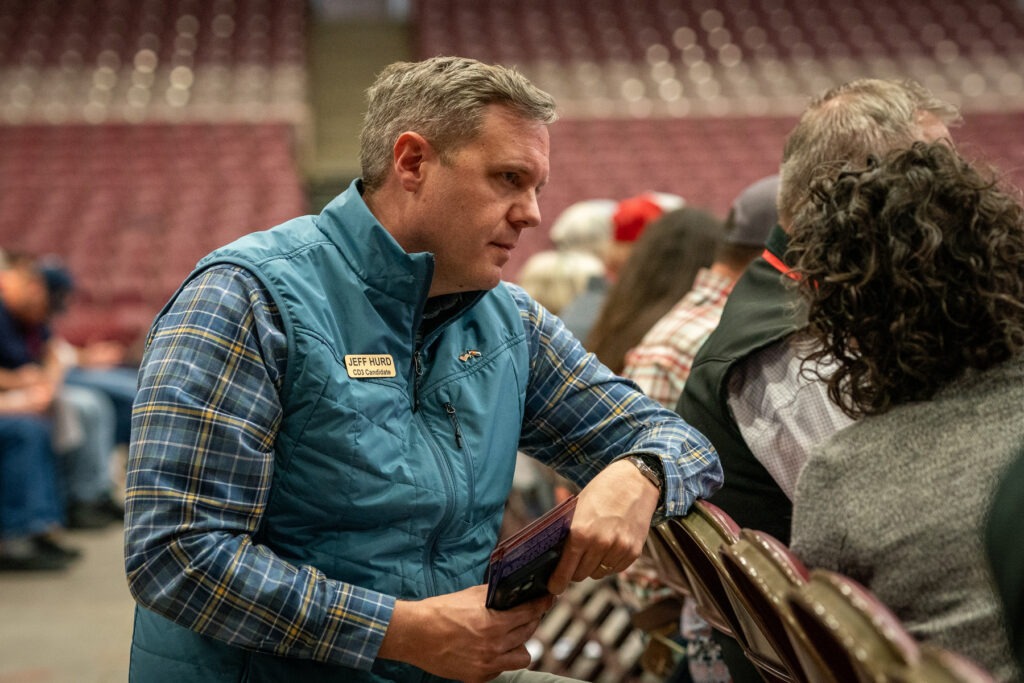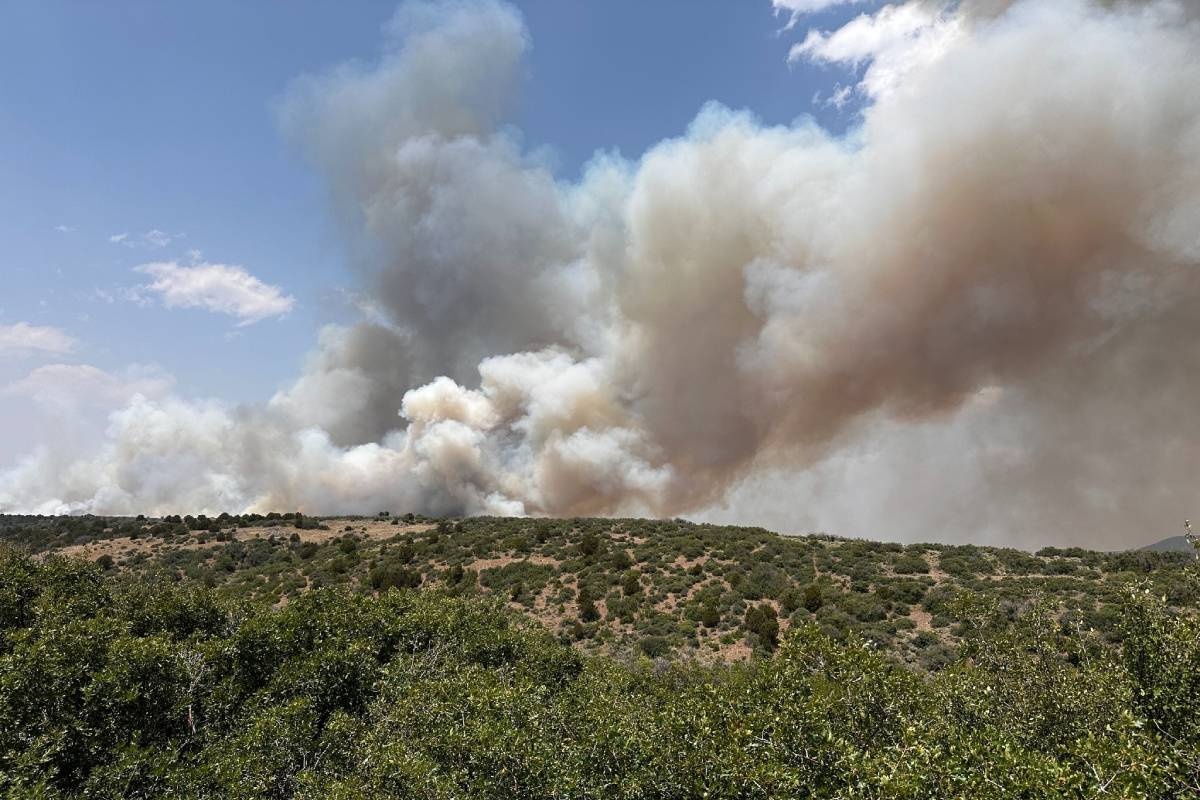

Summer of 1971. Our hip-hugger bell-bottom jeans are worn thin in the seat and we like to wear them with flimsy halter tops. It’s possible we are emulating the hippies in San Francisco we’ve seen on the news since hippie sightings are still rare here in Memphis, Tennessee. We will be high school seniors in the fall and this, we faintly realize, is our last summer of real freedom.
My friends Laura and Elaine and I join a group of super-achievers from our school, selected to attend an experimental summer program at Southwestern at Memphis, a leafy midtown liberal arts college where Laura and Elaine’s parents’ best friend, Carl, is a religion professor and head of the program. That’s how the three of us, middling students at best, end up participating.
Defying repeated court orders since Brown v. Board of Education in Little Rock the year we were born, Memphis city schools, like countless others across the South, remain deeply segregated. Black kids, who comprise half the school district’s population, go to inner city schools with crumbling facades, crappy athletic facilities and antiquated textbooks while we go to well-equipped schools that offer AP classes and the promise of college for anyone who wants it. Our school of nearly 2,000 students has a black population of less than fifty.
From across Memphis, students from black schools join students from white schools at the Southwestern summer program. We have seen the aftermath of the slaying of Dr. King on our streets just three years earlier — a deepening mistrust and separation between the races, the shuttering of downtown, and a widening gulf between the inner city and the suburbs. We live in a culture at a crossroads where boys wear black armbands protesting the war in Vietnam on days when they don’t have to attend mandatory ROTC classes; where Janis Joplin’s “Bobby McGee” competes for radio air space with Dionne Warwick, James Taylor, The Carpenters, Aretha, Marvin Gaye and James Brown, but soon we will all be converts to the cacophonous screaming of electric guitars and their long-haired avatars of rebellion.
So we meet at Southwestern where we literally sing “Kumbaya” and have a non-carnal, month-long love-in. My friend David plays “Tis a Gift To Be Simple” on a dulcimer and we sing along. Professor Carl shows up in a caftan and a headband. We study some things but I forget what. One day, Rev. James Lawson, who spearheaded lunch counter sit-ins in Nashville in the 1960s and brought his colleague, Dr. King, to Memphis to stand up for sanitation workers the day before he was assassinated, talks to us about the movement and God and black and white and what we must do now to make what he and King fought for a reality. We are stunned to silence.
We tour Hamilton High School where our new friend Clarence is a football star and a top student and we blink at the shabby classrooms. We go to full gospel church with our new friend Viola where we are welcomed and introduced from the pulpit to warm, generous applause and shouts of “Amen!” We spend a night together in a dorm, a long night of messing around and listening to music and dancing but mostly a night of touching. The black girls touch the white girls’ hair and wrap and braid it. We do each other’s make-up. The white girls touch the black boys’ smooth, hairless skin and paint hearts on the tops of their broad hands. We say tearful goodbyes at the end of the program, then go back to senior year and a haze of pot smoking and the end of an era.
Four decades later, Memphis city schools are more than 90 percent black after whites fled to county and private schools during busing. I left Memphis long ago and returned last year for my 40th reunion to find that the majority of my classmates now live outside city limits.
Last week, Lee Daniels’ The Butler came out and Jim Lawson is a character in it. The film, filled with the violence of race history in America, ends with Barack Obama in the White House.
I leave the theater on a cool Colorado evening and watch the crowd eating ice cream at the shop next door — two black families and a mixed race couple mingle with several white families, shoulder to shoulder, their kids darting around the sidewalk garbage cans in a game of chase. For the first time in forty years, I’m drawn back to 1971, to that peculiar and fleeting summer of love.
Kathryn Eastburn is the author of A Sacred Feast: Reflections of Sacred Harp Singing and Dinner on the Ground, and Simon Says: A True Story of Boys, Guns and Murder in the Rocky Mountain West. You can comment and read or listen to this column again at The Big Something at KRCC.org. “The Middle Distance” is published every Friday on The Big Something and airs each Saturday at 1 p.m. right after This American Life.








